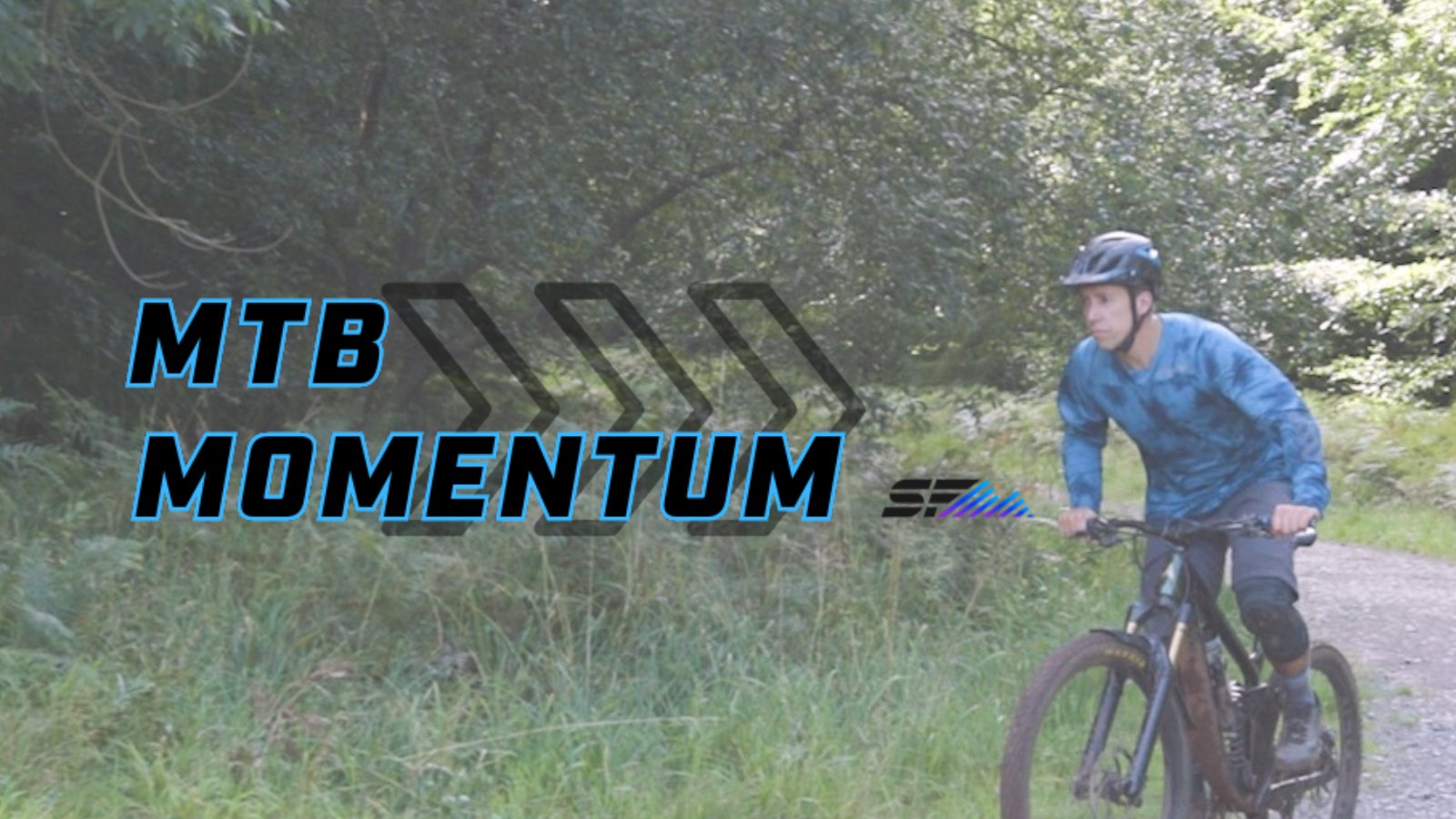It is the start of winter and you are already getting excited about the spring arriving. You are planning your next MTB trip with friends, putting races in the calendar, and are determined to be fitter, stronger and faster than ever.
To do this, you need a plan!
Understand The Requirements
Before we look at building the training plan, we need to understand what we are trying to achieve, and that starts with understanding your current ability and the demands of the trip or event you are aiming for. The gap between the two will tell you exactly what you are trying to achieve over the winter.
Write It Out
Now it is time to map things out on some paper, or a spreadsheet. At this point a lot of people make the mistake of adding in too many things. This will often lead to a quick boost in fitness followed by it dropping off as you miss sessions or get sick. The thing missing is, ‘consistency.’
To be successful you need to be consistent between now and the spring, and that usually means adding in fewer sessions, especially if you have a family and a busy job.
Types Of Training
The basic types of training that most programmes will include are:
- Strength training
- Aerobic base training
- High intensity or interval training
- Recovery sessions including mobility
Throughout the year, the importance of each type of training will change, but basically, most weeks you should try to do most of these sessions.
Start by breaking down the time from now until the spring into 4 week blocks of training, each with its own focus, like strength or aerobic training. The goal in each block of training is to gradually increase either the volume or intensity of your training, so that over time you experience, ‘progressive overload.’ Progressive overload is what makes you actually get fitter, stronger and faster and is basically a fancy word for gradually doing harder things. This stress causes the body to adapt and grow.
Going back to the idea of consistency, amateur riders often go too hard too soon or they try to go hard too often. Instead, a more gradual approach where you simply try to be 1% better each time you ride or train will give you better long term results and will help avoid too much fatigue or burn out.
Example Training Week
Now, let’s plan out what a training week looks like and how it fits in around your job and family life. You start by putting in your regular commitments so you understand the time you have. Now you can fill some of that time with training sessions and MTB rides. Remember as well that each week does not have to be the same. Here is an example week of autumn or early winter training:

When you lay it out, it should be very simple and you should also be achievable in terms of the time allocated to your training. We can have occasional weeks where we do extra training at the expense of your social or home life, but for most people, you will need to find a balance.
In the example above you can see that we get two strength sessions per week, 2 aerobic sessions and some intensity as part of a longer group rides with friends. This long mountain bike ride is also where we develop off road skills and confidence as well as being a fun and social ride. There are two days off and some planned recovery. A plan like this will work for most people, allowing consistent progress for many weeks and months.
Throughout the winter you can also plan in harder training weeks or weekends. You can identify a week where you will have less distractions, or maybe work will be quiet. On this week, you can get in extra riding, or try to go for a few longer rides, possibly on back to back days. The most important thing to consider though, is that you will also need to put more effort into recovery as well, otherwise you will only be tired, and not actually fitter!
Every winter it is also fun (remember – mountain biking is still meant to be fun!) to plan a weekend away riding with friends. It can be uplifted, e-biking or pedalling, depending on how you feel and what your focus is. These are a great way to improve confidence and skills and to ride different terrain. If you enjoy a big day of riding, you can get 2-3 big days in, with loads of climbing, just make sure you eat and drink plenty so you recover each day.
To help you understand the process, I also have a YouTube video where I go through the planning with you, building a winter training programme.
I hope this has helped you to plan your winter training. If you focus on keeping the plan simple and your approach consistent, then you will almost always succeed. Complex and overly ambitious plans usually collapse as soon as life gets in the way.
Stay Strong
Ben
